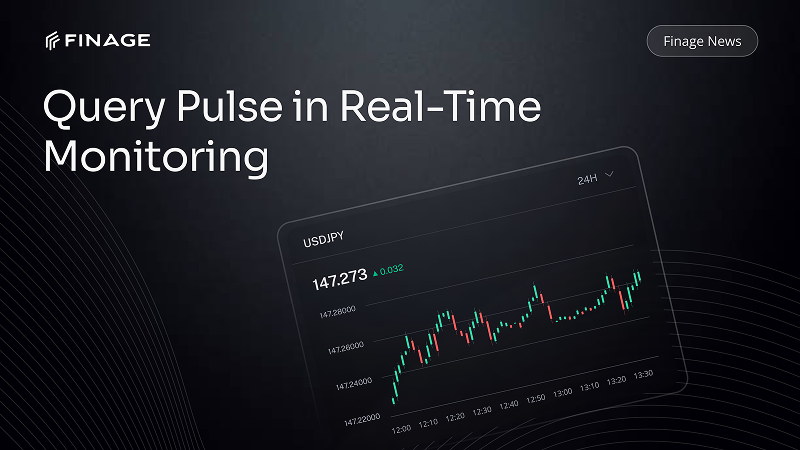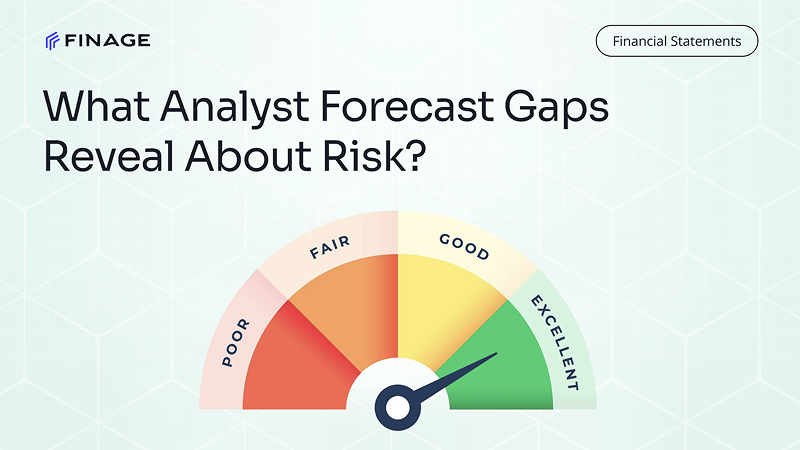Forex Data API vs. Bank Feeds: What’s the Best Choice for Algorithmic Trading?
6 min read • March 13, 2025

Introduction
Algorithmic trading has transformed the financial markets by enabling traders and institutions to execute trades with precision, speed, and efficiency. For forex traders, having access to accurate and real-time exchange rate data is critical for making informed decisions. However, when sourcing forex data, traders often face a choice between using a financial data API or relying on traditional bank feeds. Understanding the differences between these options is essential for optimizing trading performance and strategy execution.
A forex data API provides direct access to live and historical currency exchange rates, offering low-latency data suitable for algorithmic trading. On the other hand, bank feeds deliver forex data through financial institutions, often with delays and additional costs. While both options provide essential forex market insights, APIs offer greater flexibility, scalability, and efficiency, making them the preferred choice for traders and fintech developers.
At Finage, we provide high-performance forex data APIs designed to meet the needs of algorithmic traders, fintech startups, and financial institutions. This guide will explore the advantages and limitations of forex data APIs and bank feeds, helping traders make the best choice for their trading strategies.
Contents
- Understanding Forex Data in Algorithmic Trading
- The Advantages of Using a Forex Data API
- The Limitations of Bank Feeds for Forex Trading
- Why Low-Latency Data Matters in High-Frequency Trading
- Optimizing Forex Trading Strategies with Real-Time Market Data
- How Finage Provides Scalable Forex Data Solutions for Algorithmic Trading
- Final Thoughts
Understanding Forex Data in Algorithmic Trading
In algorithmic trading, the quality of market data directly influences trade execution and profitability. Forex traders rely on exchange rate data to identify trends, execute arbitrage opportunities, and automate trading decisions. Real-time and historical forex data serve as the foundation for backtesting strategies and refining risk management techniques.
The speed and accuracy of forex data are crucial for traders using algorithmic models that depend on millisecond-level execution. High-frequency trading (HFT) firms, institutional investors, and retail traders all require seamless access to forex market data to maintain a competitive edge. The choice between using a forex data API or bank feeds determines the efficiency and effectiveness of a trading system.
The Advantages of Using a Forex Data API
A forex data API provides traders with direct access to real-time and historical exchange rate data through a fast and efficient infrastructure. Unlike bank feeds, which often involve intermediaries, APIs allow users to retrieve market data instantly, minimizing latency and improving trade execution speed.
One of the key advantages of using a forex data API is its scalability. Traders and fintech developers can integrate an API into trading applications, custom-built trading algorithms, and financial platforms without the need for complex infrastructure. APIs also provide flexible data retrieval options, including RESTful endpoints and WebSockets for continuous price updates.
Another major benefit of APIs is cost efficiency. Traditional bank feeds often come with high subscription fees, transaction costs, and latency issues that can impact trading performance. In contrast, forex data APIs offer a more affordable solution without sacrificing data accuracy or speed. With Finage’s forex data API, traders can access premium exchange rate data without unnecessary delays or restrictions.
The Limitations of Bank Feeds for Forex Trading
While bank feeds have been a traditional source of forex data for financial institutions, they come with several limitations that make them less suitable for algorithmic trading. One of the main drawbacks of bank feeds is latency. Since forex rates from banks are typically processed through multiple intermediaries, traders may experience delays in receiving price updates. For high-frequency trading, even a slight delay can lead to missed opportunities and increased risk.
Another challenge with bank feeds is the lack of flexibility. Unlike APIs that allow traders to retrieve data on demand, bank feeds operate on fixed reporting schedules, making it difficult to access real-time data in a dynamic market environment. Additionally, bank feeds may impose contractual obligations, limiting access to specific currency pairs or requiring additional licensing fees.
For traders seeking a reliable and cost-effective forex data solution, bank feeds present unnecessary barriers that can impact trading efficiency. Financial data APIs provide a more agile and customizable alternative, allowing traders to tailor their data sources to match their trading strategies and execution models.
Why Low-Latency Data Matters in High-Frequency Trading
Latency is one of the most critical factors in algorithmic trading, especially in the forex market, where exchange rates fluctuate rapidly. Low-latency data ensures that traders receive price updates in real time, allowing them to execute trades with minimal delay. In high-frequency trading, every millisecond counts, and having access to fast, accurate forex data is essential for maintaining a competitive edge.
Forex data APIs provide real-time price feeds with ultra-low latency, reducing the time between data retrieval and trade execution. By eliminating intermediaries and optimizing data delivery, APIs enhance the efficiency of algorithmic trading models. Traders using bank feeds often experience delays that can impact trade execution, increasing slippage and reducing profitability.
With Finage’s low-latency forex data API, traders can access real-time exchange rates without lag, ensuring that their algorithmic strategies perform at optimal speed. Whether executing scalping strategies, arbitrage trades, or automated hedging techniques, having the fastest possible forex data gives traders a significant advantage.
Optimizing Forex Trading Strategies with Real-Time Market Data
Accurate market data is the foundation of successful forex trading strategies. Traders rely on historical forex data to backtest algorithms, analyze price trends, and refine risk management techniques. A forex data API allows traders to retrieve historical exchange rates, providing valuable insights into market behavior and price movements.
Real-time market data enhances trade execution by ensuring that traders are acting on the latest price information. Forex data APIs support advanced trading strategies, such as algorithmic execution, sentiment analysis, and AI-driven trading models. By integrating an API into their trading infrastructure, traders can automate decision-making and optimize performance in fast-moving forex markets.
Finage offers scalable forex data solutions that provide real-time and historical exchange rate data across multiple currency pairs. Our API solutions support traders, fintech startups, and institutional investors seeking to enhance their trading strategies with reliable and high-speed market data.
How Finage Provides Scalable Forex Data Solutions for Algorithmic Trading
At Finage, we provide high-quality forex data APIs that cater to the needs of algorithmic traders, fintech developers, and financial institutions. Our API solutions deliver real-time exchange rate data with low-latency streaming, ensuring that traders receive the most accurate and timely price updates.
Our API infrastructure supports seamless integration with trading platforms, algorithmic models, and financial applications. Whether traders require historical forex data for backtesting or real-time market feeds for execution strategies, Finage provides a reliable and scalable data solution. With transparent pricing, flexible API endpoints, and support for multiple currency pairs, Finage empowers traders to develop cutting-edge forex trading systems.
Final Thoughts
Choosing between a forex data API and bank feeds is a crucial decision for algorithmic traders. While bank feeds have traditionally provided forex market data, they come with limitations such as latency, high costs, and lack of flexibility. In contrast, forex data APIs offer a faster, more scalable, and cost-effective solution for accessing real-time exchange rates.
Finage provides algorithmic traders with low-latency forex data API solutions, ensuring that they receive accurate market data without delays. By integrating Finage’s API into their trading platforms, traders can enhance trade execution, optimize strategies, and maintain a competitive edge in the forex market. As technology continues to reshape financial markets, leveraging high-speed forex data APIs will be essential for achieving success in algorithmic trading.
You can get your Real-Time and Historical Forex Data with a free Fx Data API key.
Build with us today!
Claim Your Free API Key Today
Access stock, forex and crypto market data with a free API key—no credit card required.

Stay Informed, Stay Ahead
Finage Blog: Data-Driven Insights & Ideas
Discover company news, announcements, updates, guides and more

.png)
